Japanese Elm Tree Care: How To Grow A Japanese Elm Tree
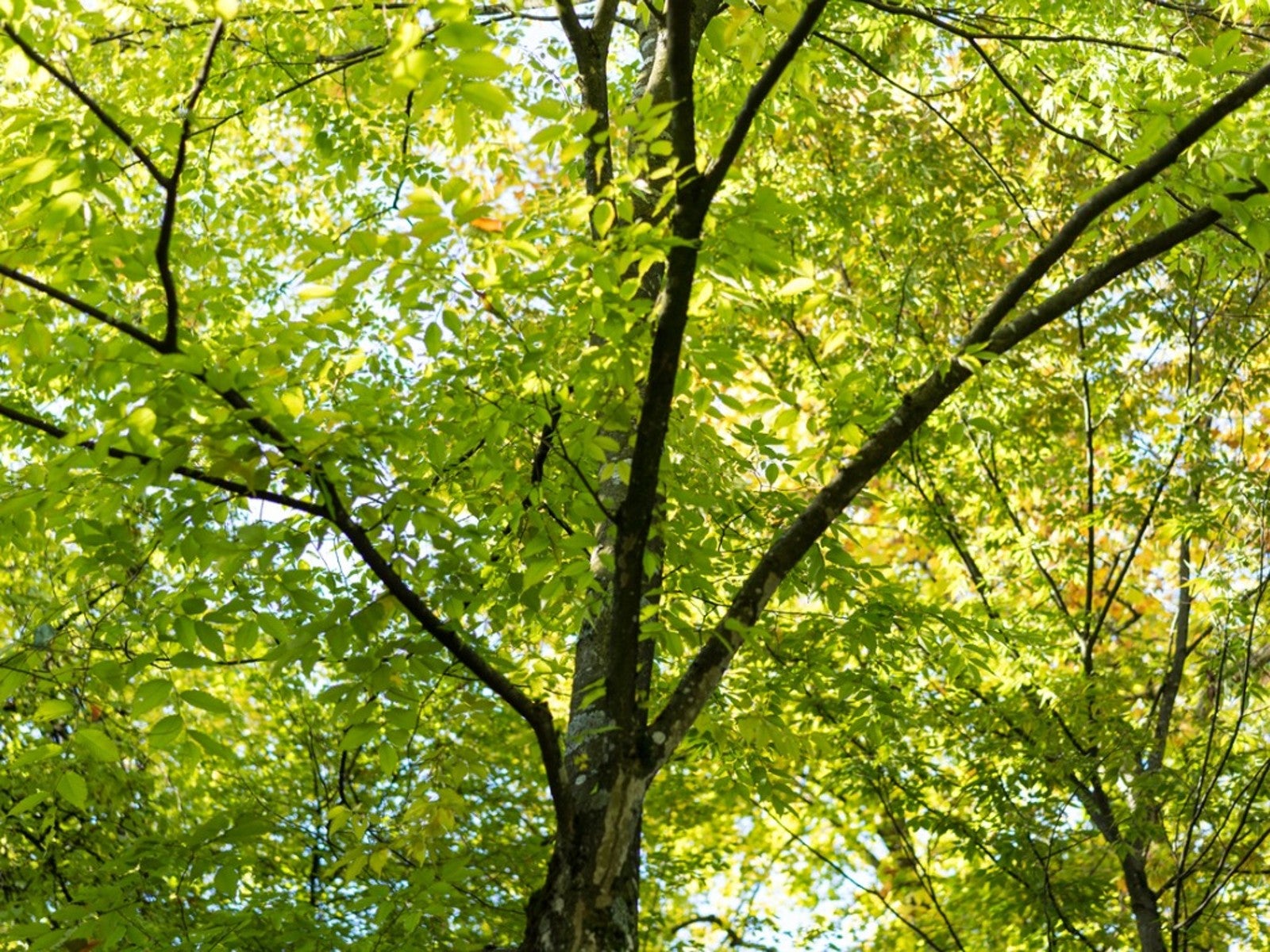

The American elm population has been decimated by Dutch Elm disease, so gardeners in this country often choose to plant Japanese elm trees instead. This lovely group of trees is hardier and equally attractive, with smooth gray bark and an appealing canopy. Read on for Japanese elm tree facts, including information about how to grow a Japanese elm tree.
Japanese Elm Tree Facts
Japanese elm tree includes not one, but six genera with 35 species of elm native to Japan. All are deciduous trees or shrubs that are native to Japan and northeastern Asia.
Japanese elms are resistant to Dutch Elm disease, a disease fatal to the American elm. One type of Japanese elm, Ulmus davidiana var. japonica, is so highly resistant that it has been used to develop resistant cultivars.
Japanese elm trees can mature to 55 feet (17 m.) tall with a 35 foot (11 m.) canopy spread. The bark is grayish brown, and the crown of the tree is rounded and spreads out in an umbrella shape. The fruits of Japanese elm trees depend on the genera and variety of the tree. Some are samaras and some are nuts.
How to Grow a Japanese Elm Tree
If you want to start growing Japanese elm trees, you’ll have the easiest time if you plant the trees in an appropriate location. Japanese elm tree care requires a sunny planting site with well-draining, loamy soil.
If you’re already growing Japanese elm trees in hard clay soil, you aren’t obliged to move them. The trees will survive, but they will grow much more slowly than in rich soil that drains well. The optimal soil will have a pH between 5.5 and 8.
Japanese Elm Tree Care
Also, when growing Japanese elm trees, you need to understand Japanese elm tree care requirements. When and how to water is perhaps the most important part of caring for these trees.
Gardening tips, videos, info and more delivered right to your inbox!
Sign up for the Gardening Know How newsletter today and receive a free copy of our e-book "How to Grow Delicious Tomatoes".
Like other elms, Japanese elm trees need to be watered during extended dry periods. Provide water at the outside edge of their canopies, not close to the trunks. The root hairs of these trees that absorb water and nutrients are found on the root tips. Ideally, irrigate with a drip hose during periods of drought.
Japanese elm tree care also involves weeding around the trees. Weeds under an elm tree canopy compete for available water. Remove them regularly to keep your tree healthy.

Teo Spengler is a master gardener and a docent at the San Francisco Botanical Garden, where she hosts public tours. She has studied horticulture and written about nature, trees, plants, and gardening for more than two decades. Her extended family includes some 30 houseplants and hundreds of outdoor plants, including 250 trees, which are her main passion. Spengler currently splits her life between San Francisco and the French Basque Country, though she was raised in Alaska, giving her experience of gardening in a range of climates.
-
 Looking For Plants To Give You The Soft And Fuzzies? Try These 5 Fuzzy Leaf Plant Options
Looking For Plants To Give You The Soft And Fuzzies? Try These 5 Fuzzy Leaf Plant OptionsLovers of texture, drama, silver foliage and tactile plants will adore these special sensory garden additions. These fuzzy leaf plant options will leave you all aglow
By Susan Albert
-
 Get Ready For A Summer Of Hummers! Grow These Full Sun Hummingbird Plants and Flowers
Get Ready For A Summer Of Hummers! Grow These Full Sun Hummingbird Plants and FlowersIf you’re lucky enough to enjoy a sunny backyard, make sure you are maxing out on your pollinator opportunities and grow these full sun hummingbird plants and flowers
By Tonya Barnett
-
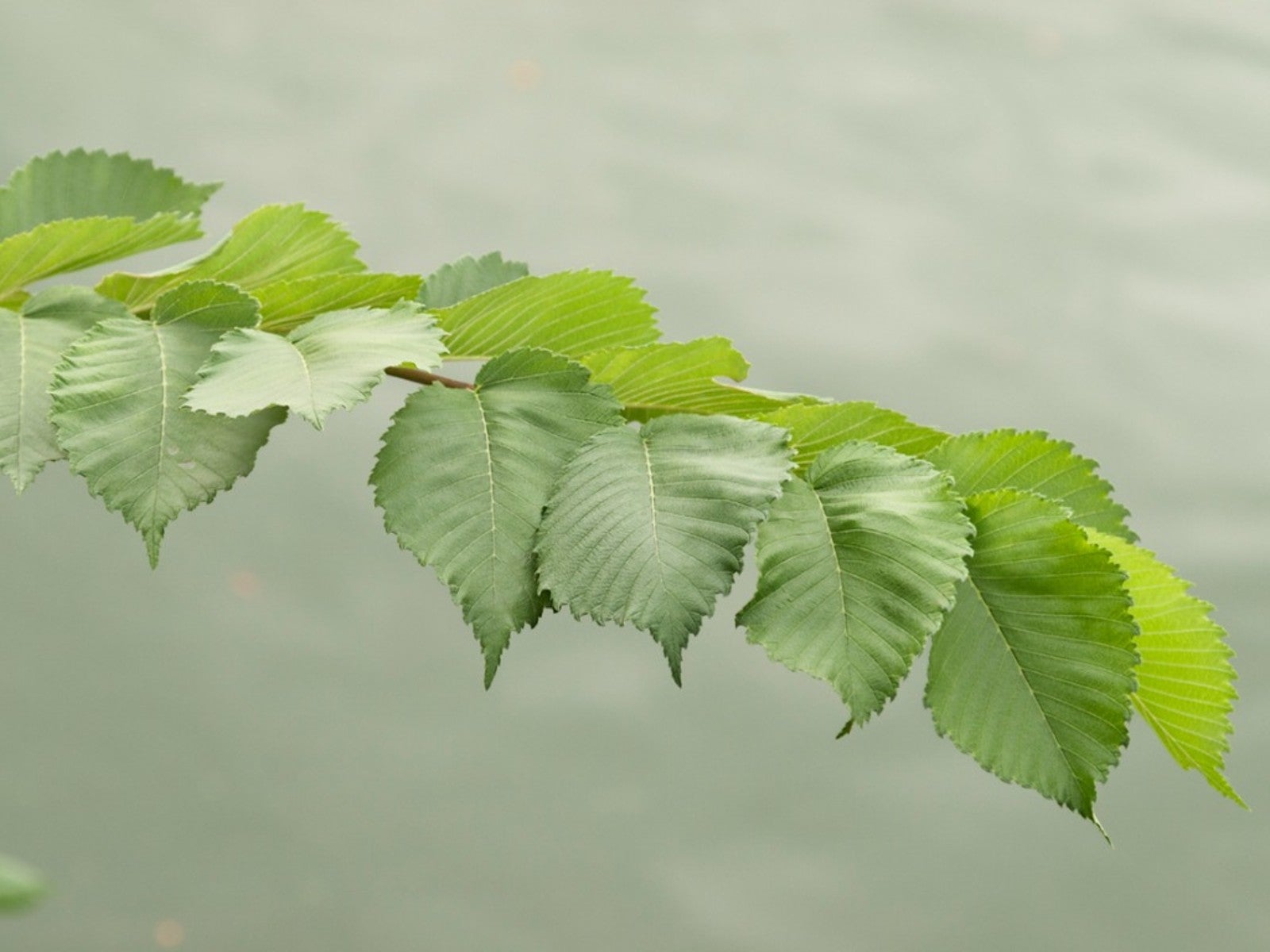 What Is An American Elm Tree - American Elm Facts
What Is An American Elm Tree - American Elm FactsThe beautiful American elm tree is probably not the best choice for your landscape. This lovely deciduous tree is sadly vulnerable to Dutch elm disease, and is not recommended by experts.
By Teo Spengler
-
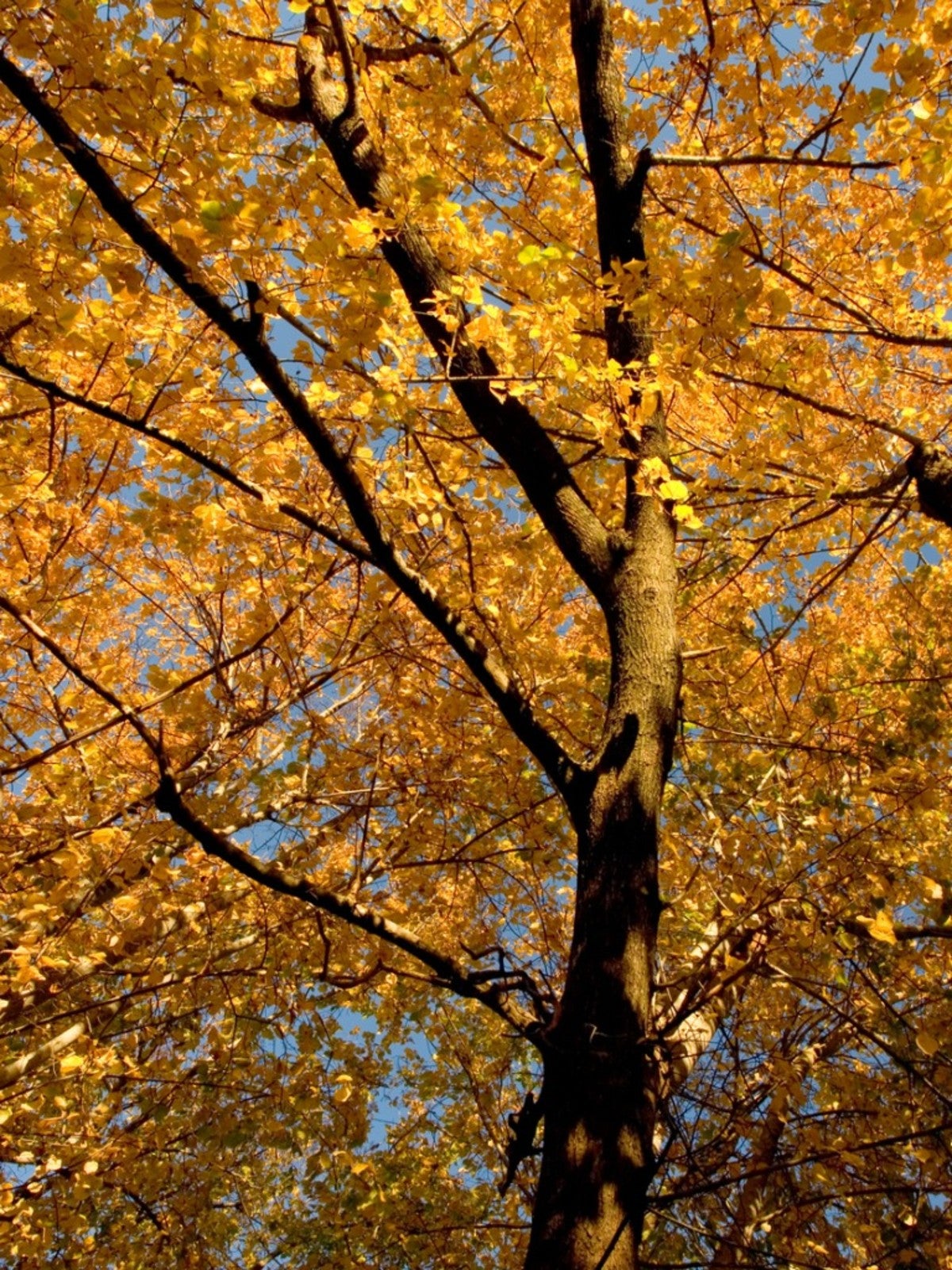 Rock Elm Tree Identification – What Does A Rock Elm Tree Look Like
Rock Elm Tree Identification – What Does A Rock Elm Tree Look LikeThe rock elm is one of the six elm trees native to the United States. Click here to learn more about the rock elm tree.
By Laura Miller
-
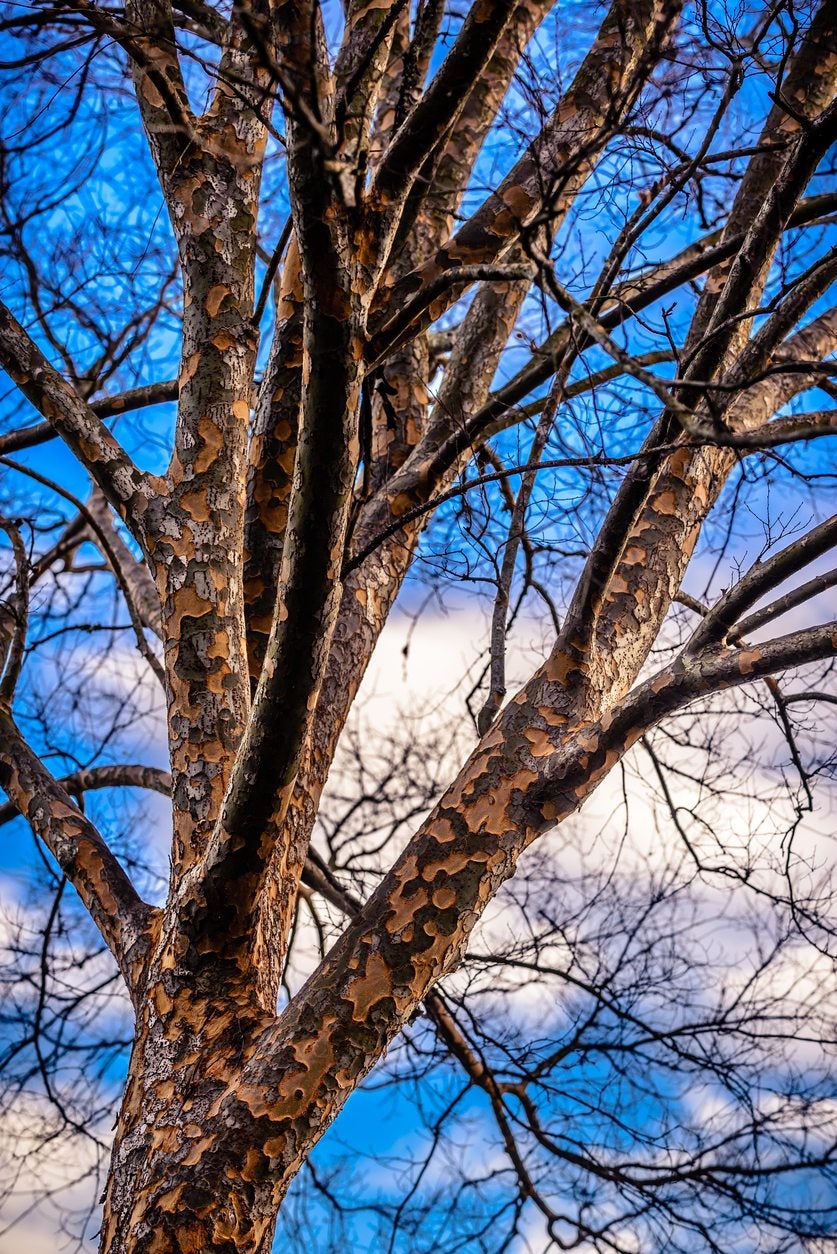 Lacebark Elm Information – Care Of Chinese Lacebark Elm In Gardens
Lacebark Elm Information – Care Of Chinese Lacebark Elm In GardensAlthough lacebark elm is native to Asia, it was introduced to the United States in 1794. Since that time, it has become a popular landscape tree, suitable for growing in USDA hardiness zones 5 through 9. Find more lacebark elm information here.
By Mary H. Dyer
-
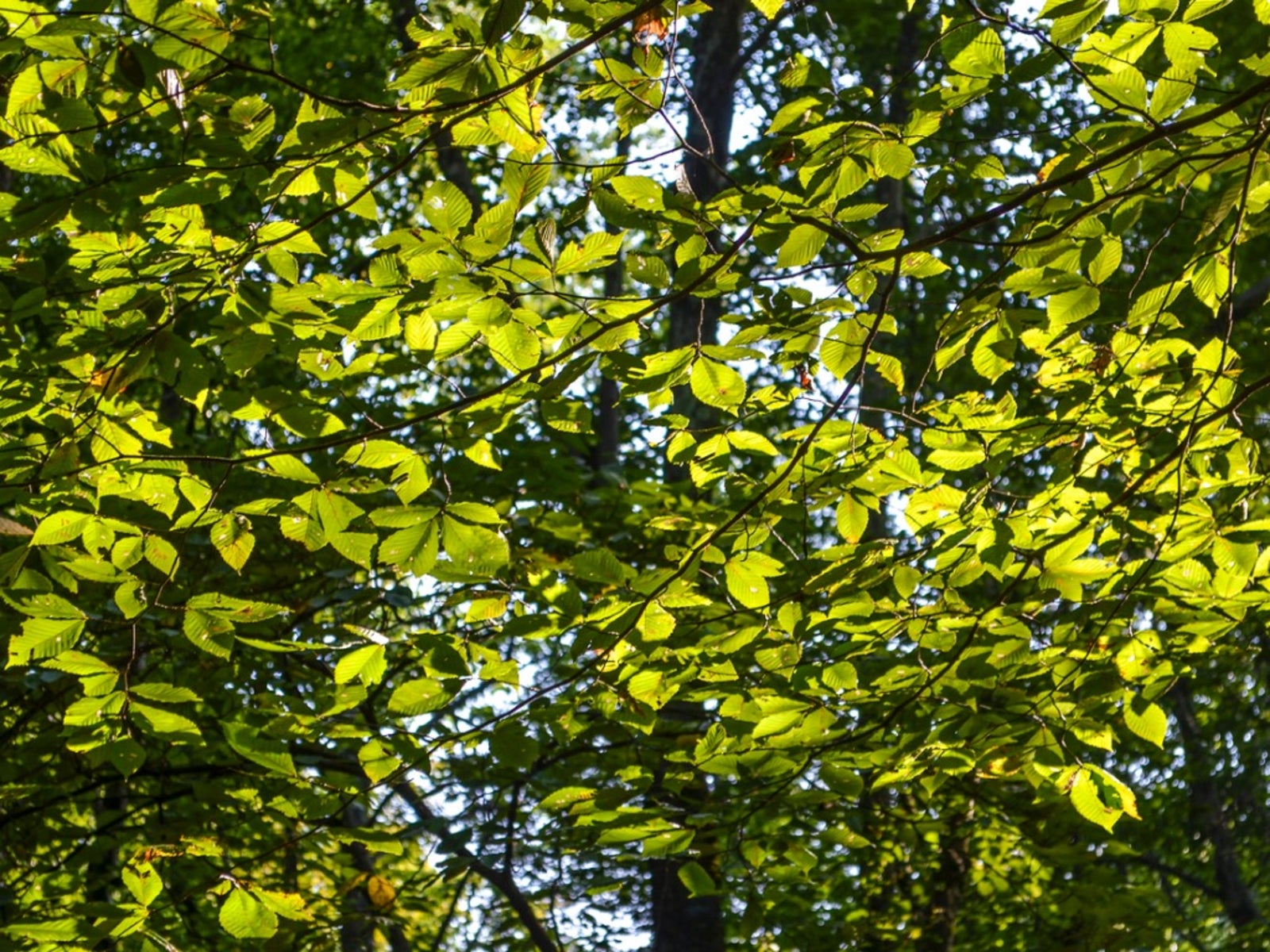 Slippery Elm Information: Tips On Using And Growing Slippery Elm Trees
Slippery Elm Information: Tips On Using And Growing Slippery Elm TreesSlippery elm bark contains a substance that becomes slick and slippery when mixed with water, hence the name. The tree has been used in herbal medicine in this country for centuries. For more information about slippery elm herb uses, click this article.
By Teo Spengler
-
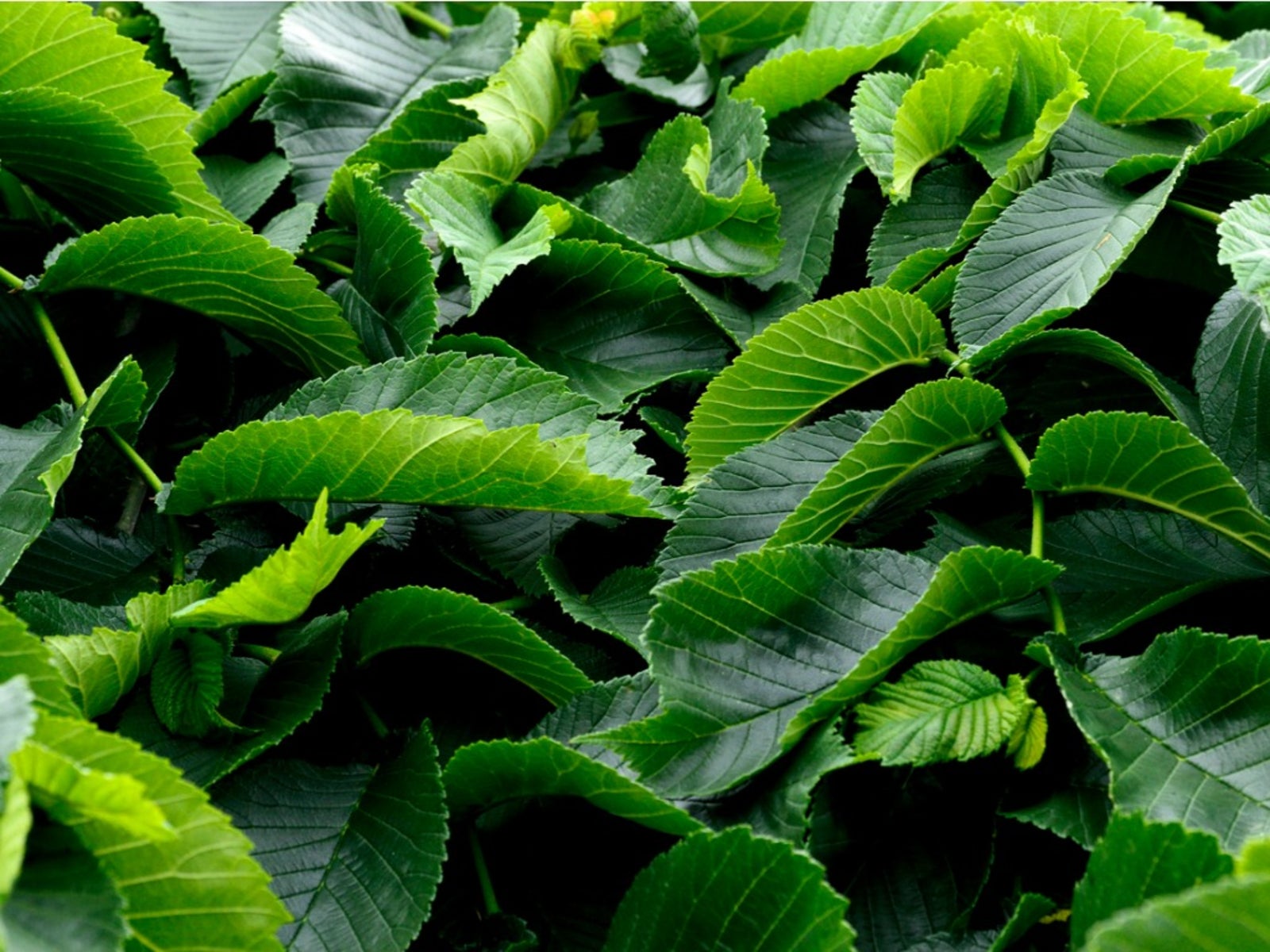 What Is A Camperdown Elm Tree: Camperdown Elm History And Information
What Is A Camperdown Elm Tree: Camperdown Elm History And InformationIf you are familiar with Camperdown elm, you are surely a fan of this lovely tree. If not, you may ask: "What is a Camperdown elm tree?". In either case, click this article for more information, including Camperdown elm history.
By Teo Spengler
-
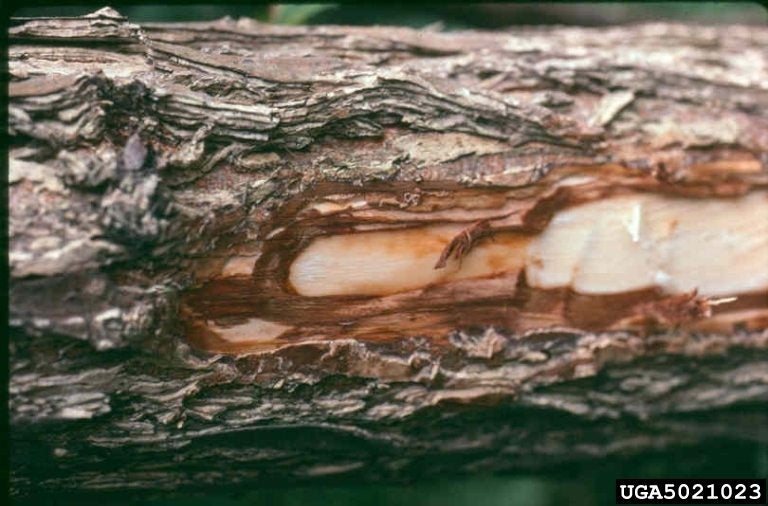 Elm Phloem Necrosis – Methods Of Elm Yellows Treatment
Elm Phloem Necrosis – Methods Of Elm Yellows TreatmentElm yellows is a disease that attacks and kills native elms. The disease is systemic and lethal. Learn about the symptoms of elm yellow disease and whether there is any effective elm yellows treatment in this article. Click here for more info.
By Teo Spengler
-
 Drake Elm Tree Growing: Tips On Caring For Drake Elm Trees
Drake Elm Tree Growing: Tips On Caring For Drake Elm TreesThe drake elm (also called Chinese elm or lacebark elm) is a quick-growing elm tree that naturally develops a dense, rounded, umbrella-shaped canopy. For more drake elm tree information and details on caring for drake elm trees, click this article.
By Teo Spengler
-
 Winged Elm Tree Care: Tips For Growing Winged Elm Trees
Winged Elm Tree Care: Tips For Growing Winged Elm TreesThe winged elm, a deciduous tree native to the southern woodlands of the United States, grows in both wet areas and dry, making it a very adaptable tree for cultivation. Click this article for information about growing winged elm trees.
By Teo Spengler